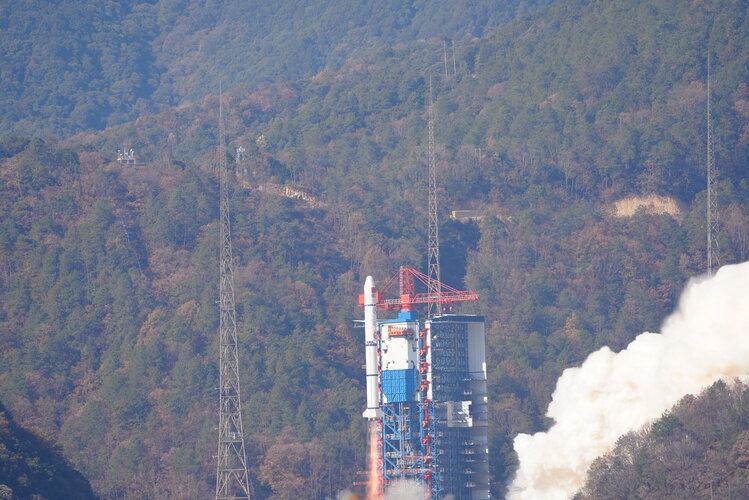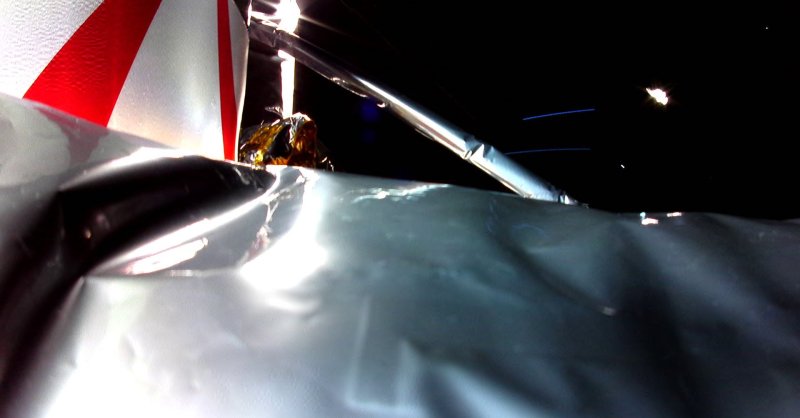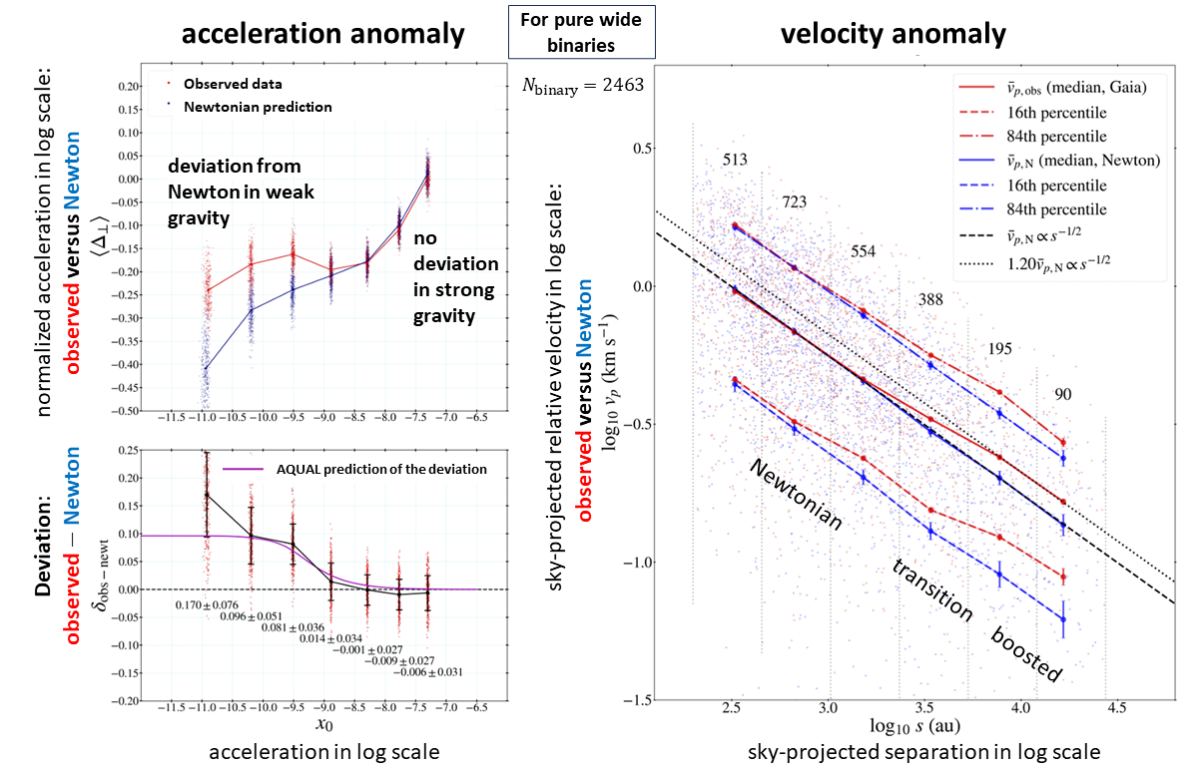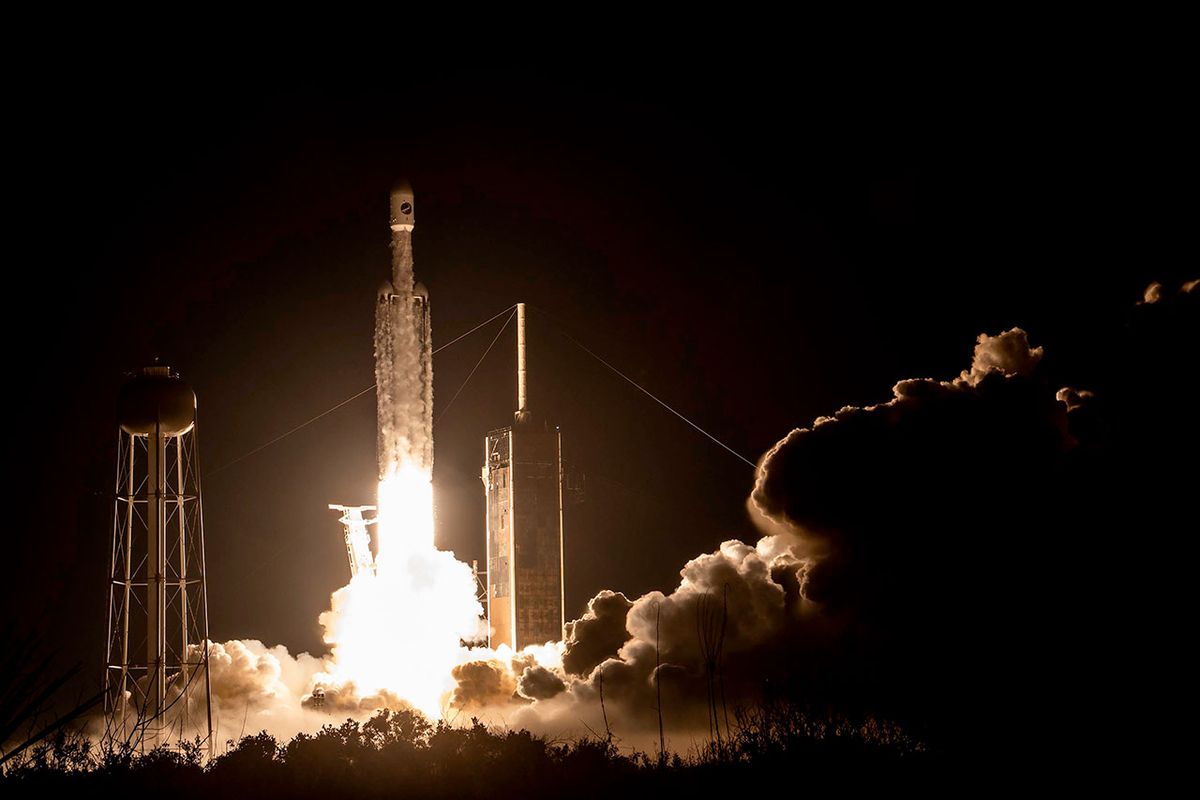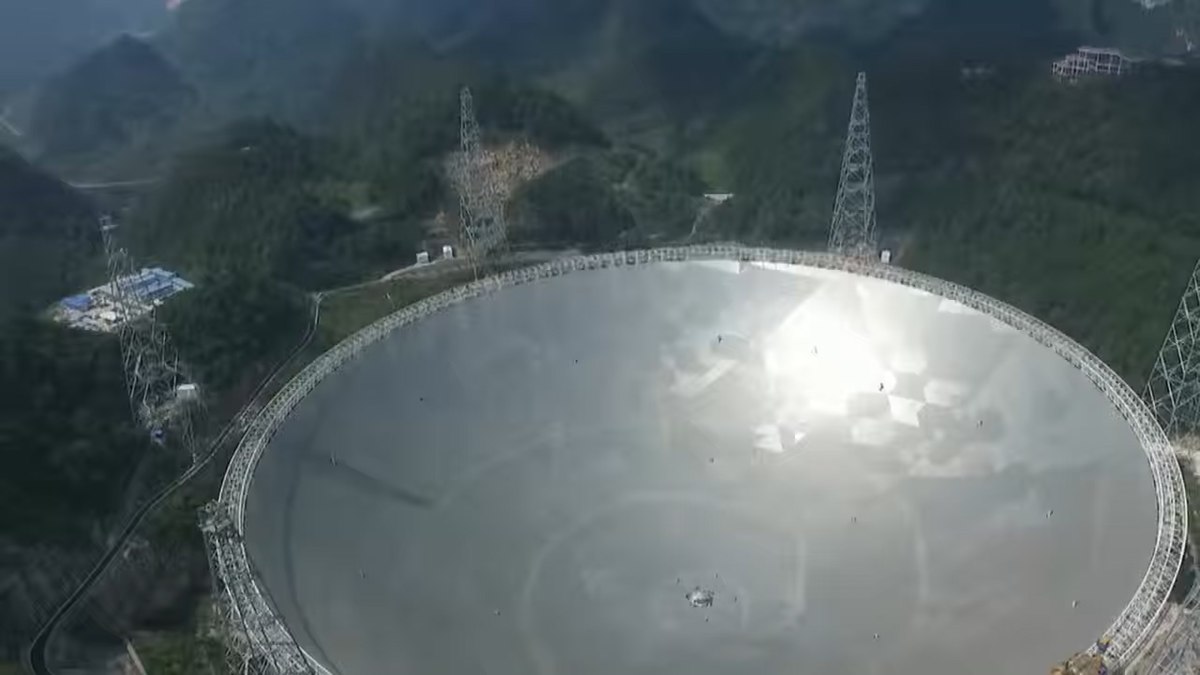On Earth, it seems to be true that life will find a way; in the deepest ocean, the saltiest ocean or the highest mountain, live seems to find a way to get a foothold. One of the key ingredients for life seems to be the necessity for water. Until now, it was thought that there was a limit to the level of salinity within which life could thrive. A team of biologists have found bacterial life thrives in salty ponds where the water evaporates leaving high levels of salt. This only serves to expand the likely envrionments across the Universe that life could evolve.
Continue reading “Microbes Can Survive in Saltier Water than Previously Believed”Microbes Can Survive in Saltier Water than Previously Believed



